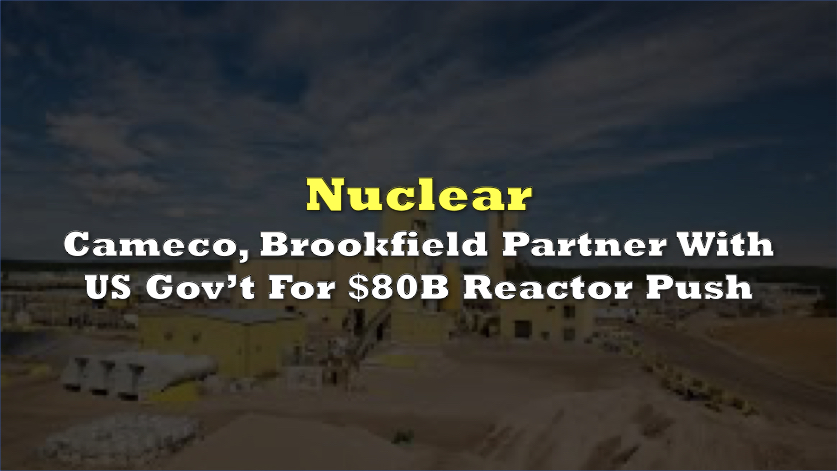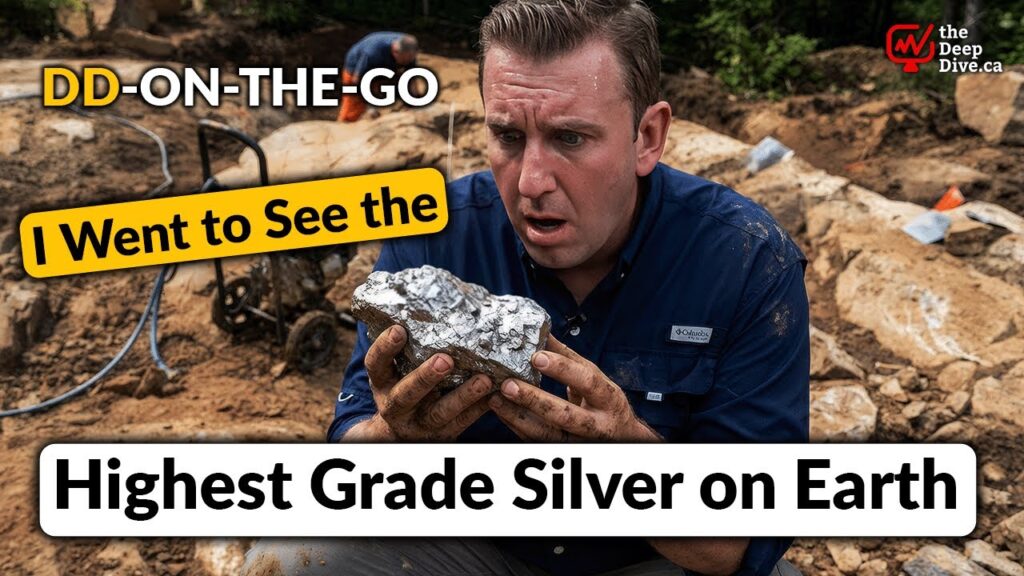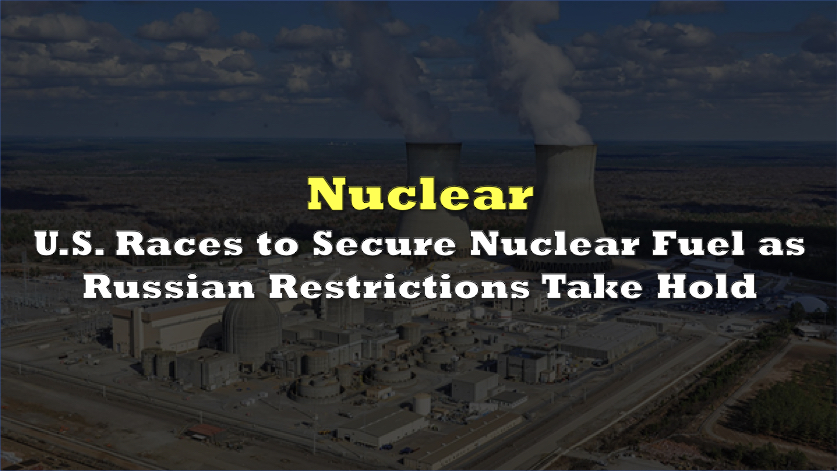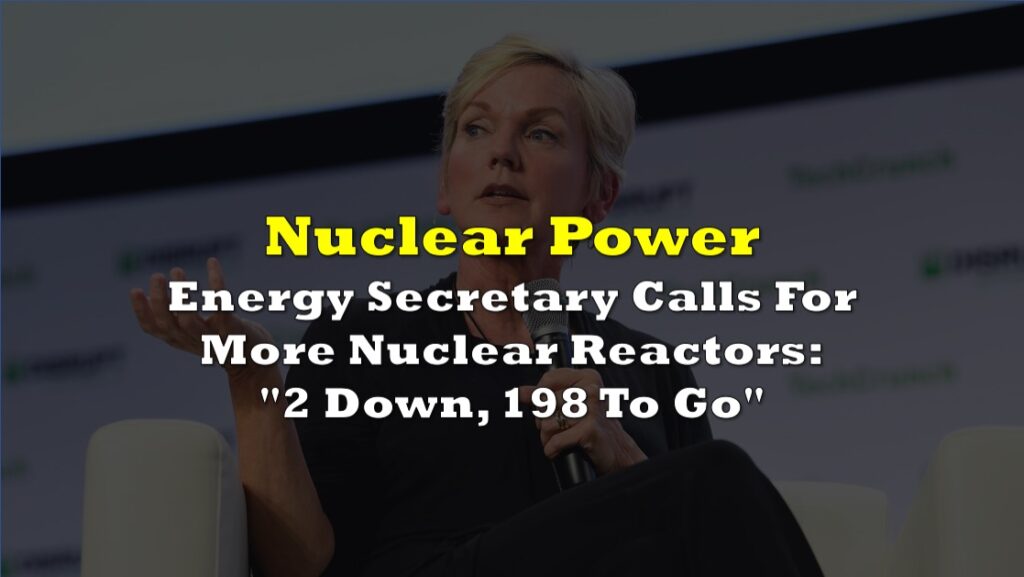Cameco (TSX: CCO), Brookfield Asset Management (TSX: BN), and the White House announced a partnership to deploy at least $80 billion of new reactors using Westinghouse technology, making nuclear a central pillar of US power expansion for AI and critical infrastructure.The program standardizes on Westinghouse AP1000 units, with six reactors operating worldwide, 14 under construction, and five under contract.
Cameco said the collaboration strengthens its Brookfield partnership as Westinghouse owners and supports global growth in its nuclear products, services and technologies. The company positioned itself as a secure western supplier of uranium fuel to support deployment and long-term operation of Westinghouse technology in the US and globally.
On the other hand, US officials framed the plan as energy and security policy tied to earlier Trump executive orders. Commerce Secretary Howard Lutnick said the partnership will unleash American energy and rebuild energy sovereignty while Energy Secretary Chris Wright said it delivers the promised nuclear renaissance to power the AI race.
A two-unit AP1000 project is expected to create or sustain 45,000 manufacturing and engineering jobs across 43 states. A national deployment is projected to exceed 100,000 construction jobs at peak.
The math of scaling up
An $80 billion AP1000 program, assuming about $8 billion per AP1000, sizes out at around 12 gigawatts. This implies annual uranium requirements of roughly 4.8 to 6.0 million pounds U3O8 once fully online, based on 0.4 to 0.5 million pounds per gigawatt per year. This increment lands on top of a US market that already imports about 50 million pounds annually.
Those volumes pull procurement forward as initial cores are larger than reloads, so utilities, fabricators, and traders would move now to secure U3O8, conversion, enrichment, and fabrication to meet first fuel loads if build cycles cluster around four years.
The enhanced demand creates opportunity for development names like Denison Mines (TSX: DML) and NexGen Energy (TSX: NXE), both of whom are in the final stages of permitting, positioning themselves as as the missing western primary supply that can anchor multi-year term contracting for the new fleet.
In the case of Denison Mines, the company is working to secure approvals to construct an in situ recovery mine that produces up to 12 million pounds of U3O8 annually for 15 years.
NexGen Energy meanwhile is seeking approval for their Rook I project in the Athabasca Basin to produce up to 30.8 million pounds of U3O8 annually for 24 years. Should approvals be granted, NexGen could potentially become one of the largest uranium producers globally, with all of their production being Canadian-based. Their final public hearing on the matter is scheduled for February 2026, with the latest estimates suggesting production could be online as early as 2031.
Under the 12-gigawatt case, the incremental burn equals roughly 3% of current global demand on the low end of assumptions, with the high end pushing that higher. A large western mine reduces exposure to logistics or geopolitical risks as the US standardizes on AP1000 units – which have been designed with western uranium in mind.
The Cameco-Brookfield-US government partnership links plant delivery to data-center load growth and grid reliability, which favors firm, long-dated fuel coverage. That aligns oncoming potential production with initial core schedules and steady reload demand, supporting contracting that matches the deployment cadence.
Information for this story was found via the sources mentioned. The author has no securities or affiliations related to the organizations discussed. Not a recommendation to buy or sell. Always do additional research and consult a professional before purchasing a security. The author holds no licenses.









